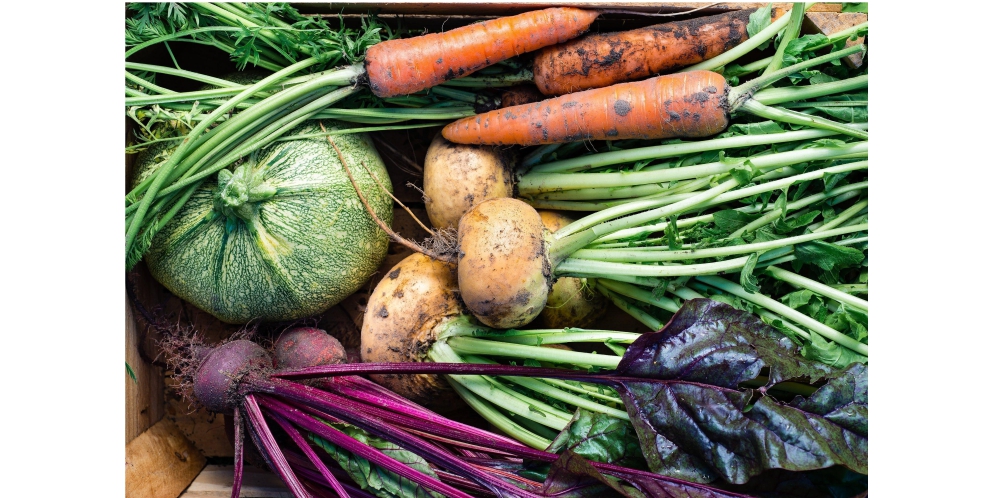Some people new to smallholder life have this dream of living completely self-sufficient. Few of us achieve it completely. However, there are many things that we can do which will make us less dependent on outside suppliers.
Growing your own food is the obvious place to start, especially vegetables. Following a seasonal planting plan is important. Let your diet be guided by what is in season. Your planning should include growing enough in the productive summer and autumn months to see you through the winter and early spring months.
Next, you need to learn about preserving your produce. Learn to freeze, pickle, dry and bottle some of your harvest, which you can fall back on when the vegetable patch is not so abundant.
You can also consider keeping poultry and animals for eggs and meat. Many of us would not be able to face slaughtering our own animals, but some small abattoirs will do so on your behalf.
Ideally you should aim to go completely off grid for electricity. Even if you don’t go completely off grid, you can look at the various options for using sustainable resources such as solar or wind power, which will leave you less dependent on Eskom. Solar is the most obvious, but windmills are also an option for your water needs.
Harvesting rainwater and using borehole water ensures further independence.
Running a business from your smallholding, be it as your main source of income or as a supplementary income means that you are using your land to save on rent and maybe profiting from the production of your agricultural labours.
Much of self-sufficiency lies in your attitude. It requires a certain mindset and a firm belief in the value of what you are doing.
The journey will teach you a huge amount – not only about how much you can do for yourself and the skills that you will acquire, but also about your own ability to solve problems, be creative, be flexible and mentally strong.

